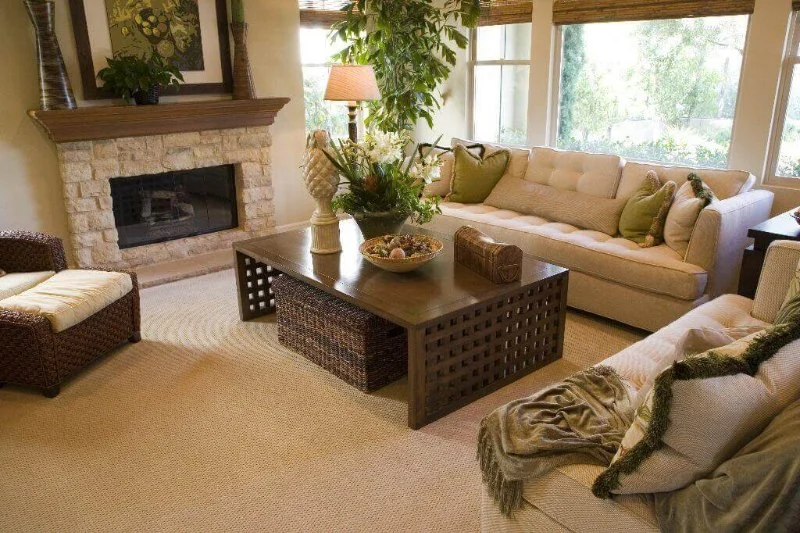
- 1-Understanding Indoor Air Quality
- 2-Role of Carpets in Indoor Air Quality
- 3-How Carpets Capture Pollutants
- 4-The Science Behind Carpets and Pollutants
- 5-Maintenance for Optimal Indoor Air Quality
- 6-Choose the Right Carpet with CarpetHub
1. Understanding Indoor Air Quality
Indoor air quality (IAQ) is a critical aspect of our health and well-being, especially considering that most people spend a significant amount of time indoors. It refers to the quality of the air within our homes, offices, and other buildings, and how it affects the health and comfort of the occupants. Poor IAQ can lead to a variety of health issues, including respiratory problems, allergies, and headaches. Factors like ventilation, humidity, pollutants, and the presence of chemicals can all affect the air quality inside a building.
Many people are surprised to learn that the materials inside their home, including furniture, flooring, and even the carpets, can significantly impact the air quality. As you’ll see, carpets can either help or hinder indoor air quality, depending on the type and how they are maintained.
2. Role of Carpets in Indoor Air Quality
While it’s easy to think of carpets as simply an aesthetic or functional part of a room, they actually play an important role in the air quality of your home. Carpets can act as “air filters,” trapping dust, dirt, allergens, and even pollutants that would otherwise circulate through the air. This may seem counterintuitive, but when carpets are properly maintained, they can actually help reduce the number of airborne particles in your home.
Carpets are particularly effective at capturing airborne particles due to their dense fiber structure. When properly maintained, carpets can help lower the levels of airborne dust and allergens, reducing the amount of irritants in the air. However, if carpets aren’t cleaned regularly, they can also become a source of pollutants, releasing trapped particles back into the air.
3. How Carpets Capture Pollutants
Carpets have a unique ability to capture and trap pollutants from the air, thanks to their fibers and pile structure. The fibers act as a sponge, absorbing dust, pollen, pet dander, and even chemicals from cleaning products, cigarette smoke, and other airborne pollutants. Here’s how this works:
1. Fiber Structure
The fibers in a carpet are designed to hold onto particles, preventing them from becoming airborne again. Whether the carpet is made of natural fibers like wool or synthetic fibers like nylon or polyester, the structure allows particles to cling to the surface of the fibers.
2. Pile Density
Carpet pile refers to the height and density of the fibers. A denser pile, with fibers packed more closely together, can trap more dust and particles, which helps in reducing the number of airborne pollutants. The thicker and denser the carpet, the better it can capture these harmful particles.
3. Static Electricity
Carpets, particularly synthetic carpets, can generate static electricity, which helps attract and hold onto particles. This means that dust, pollen, and other allergens can become trapped in the fibers, rather than floating around in the air. This static electricity effect can help improve indoor air quality when carpets are properly maintained.
4. The Science Behind Carpets and Pollutants
Research has shown that carpets can have a significant impact on indoor air quality. According to a study by the Carpet and Rug Institute, carpets can trap up to 80% of the dust, dirt, and allergens that enter a home. This is because carpets act as a filter, capturing particles that would otherwise remain suspended in the air. However, this filtering effect can be both beneficial and problematic, depending on the maintenance of the carpet.
When carpets are vacuumed and cleaned regularly, they continue to trap pollutants without releasing them back into the air. However, without regular cleaning, carpets can become a reservoir for these pollutants, potentially contributing to poor air quality. This is why maintenance is critical in ensuring that carpets continue to function as air filters and not as sources of pollution.
5. Maintenance for Optimal Indoor Air Quality
Proper carpet maintenance is key to ensuring that carpets continue to improve indoor air quality rather than detract from it. Here are some essential maintenance tips:
1. Regular Vacuuming
Vacuuming is the first and most important step in keeping your carpet clean and free of pollutants. Regular vacuuming, ideally with a vacuum that has a HEPA filter, helps remove dust, dirt, and allergens that have settled in the fibers. It’s recommended to vacuum high-traffic areas at least 2-3 times a week and less frequented areas once a week.
2. Professional Cleaning
While regular vacuuming helps, professional carpet cleaning is necessary every 12-18 months to remove deeper dirt and pollutants that vacuuming cannot reach. Steam cleaning or hot water extraction is an effective method for removing trapped dirt, bacteria, and allergens, ensuring that your carpets continue to improve the air quality of your home.
3. Control Humidity
Excess moisture in the home can lead to mold and mildew growth in carpets, which can significantly worsen indoor air quality. Using dehumidifiers in areas prone to moisture, like basements, and ensuring proper ventilation in rooms with high humidity will help maintain healthy carpets and air quality.
6. Choose the Right Carpet with CarpetHub
Choosing the right carpet can have a long-term impact on the air quality in your home. At CarpetHub, we provide a wide range of carpet options that not only enhance the aesthetic of your space but also contribute to better indoor air quality. Whether you prefer natural fibers like wool or durable synthetics like nylon, we have options that suit every home and lifestyle.
Visit CarpetHub today to find the perfect carpet for your home that will help improve your indoor air quality while providing comfort and style.



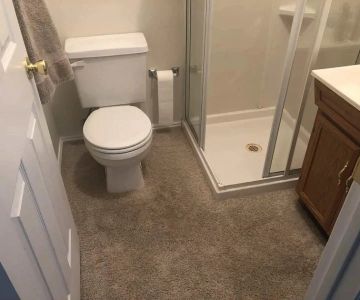

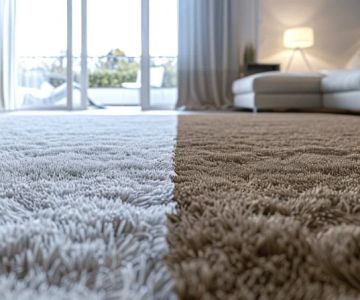
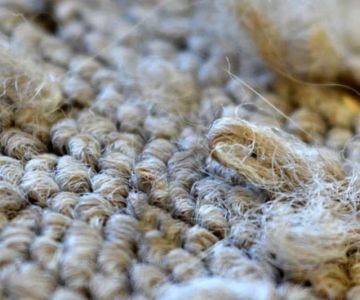
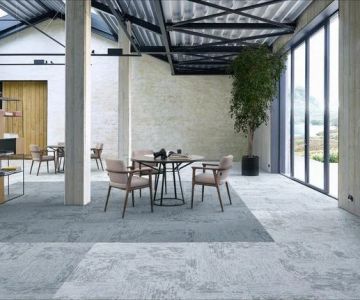

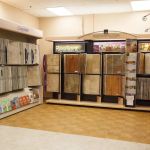 General Floor - Kenilworth4.0 (15 reviews)
General Floor - Kenilworth4.0 (15 reviews) Butler Floor & Carpet4.0 (85 reviews)
Butler Floor & Carpet4.0 (85 reviews)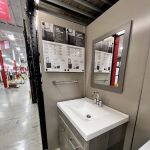 Floor & Decor4.0 (261 reviews)
Floor & Decor4.0 (261 reviews) Sheldon's Carpets Inc4.0 (19 reviews)
Sheldon's Carpets Inc4.0 (19 reviews) Simply the Best Floors5.0 (12 reviews)
Simply the Best Floors5.0 (12 reviews) The Home Depot4.0 (1188 reviews)
The Home Depot4.0 (1188 reviews)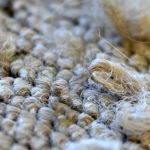 The Science Behind Carpet Fibers and Their Durability
The Science Behind Carpet Fibers and Their Durability Carpet vs. Hardwood: Which Flooring Option Is Right for You? | CarpetHub
Carpet vs. Hardwood: Which Flooring Option Is Right for You? | CarpetHub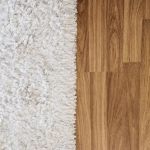 Carpet or Hardwood? Making the Right Choice for Your Home
Carpet or Hardwood? Making the Right Choice for Your Home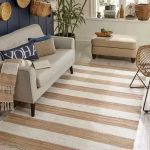 Top 10 Carpet Styles Trending in 2025: From Plush to Patterned
Top 10 Carpet Styles Trending in 2025: From Plush to Patterned Should You Choose Carpets or Hardwood for Your Home’s Entryway?
Should You Choose Carpets or Hardwood for Your Home’s Entryway?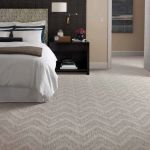 Why Carpet is the Best Option for Comfort in Bedrooms
Why Carpet is the Best Option for Comfort in Bedrooms